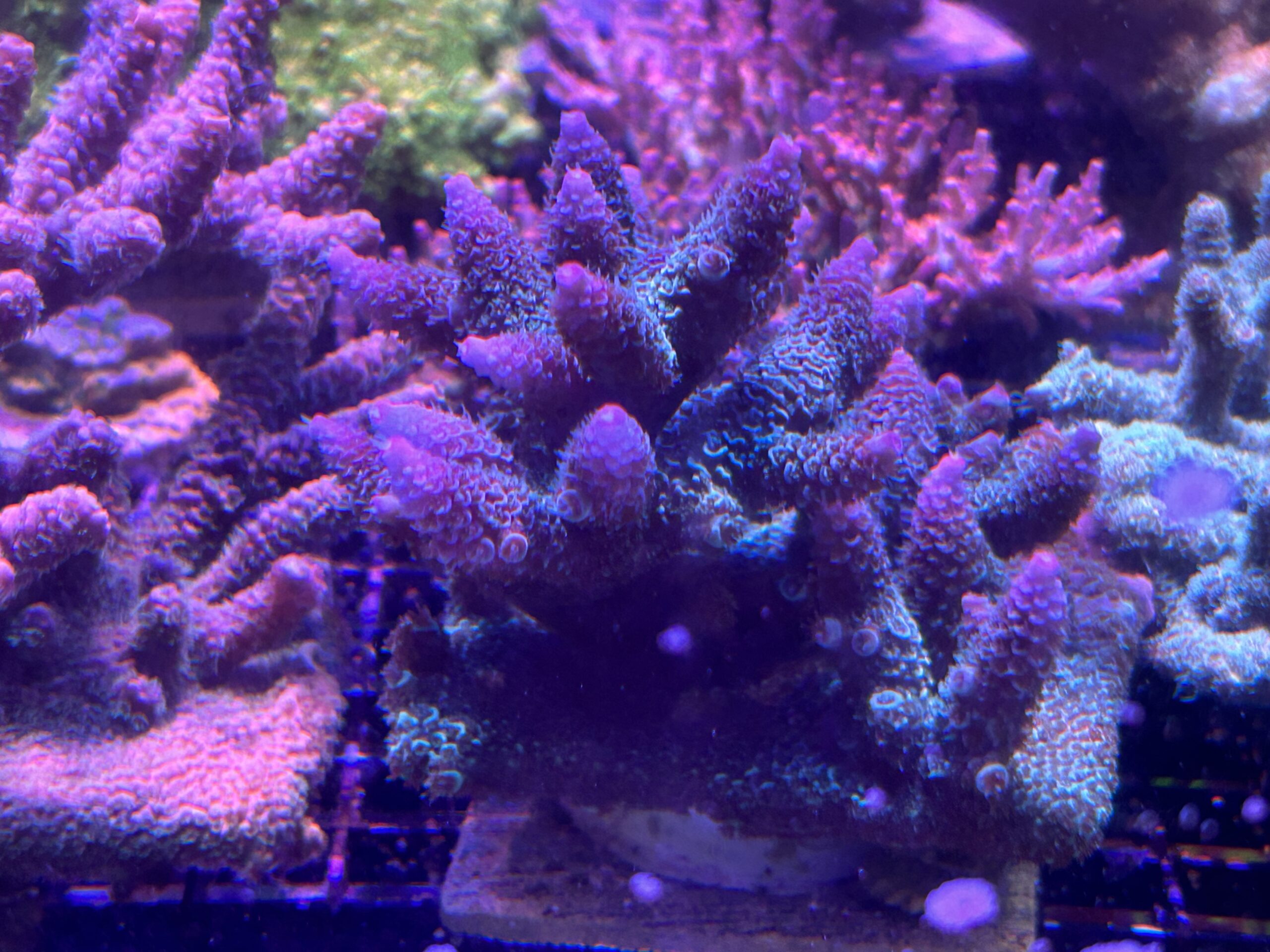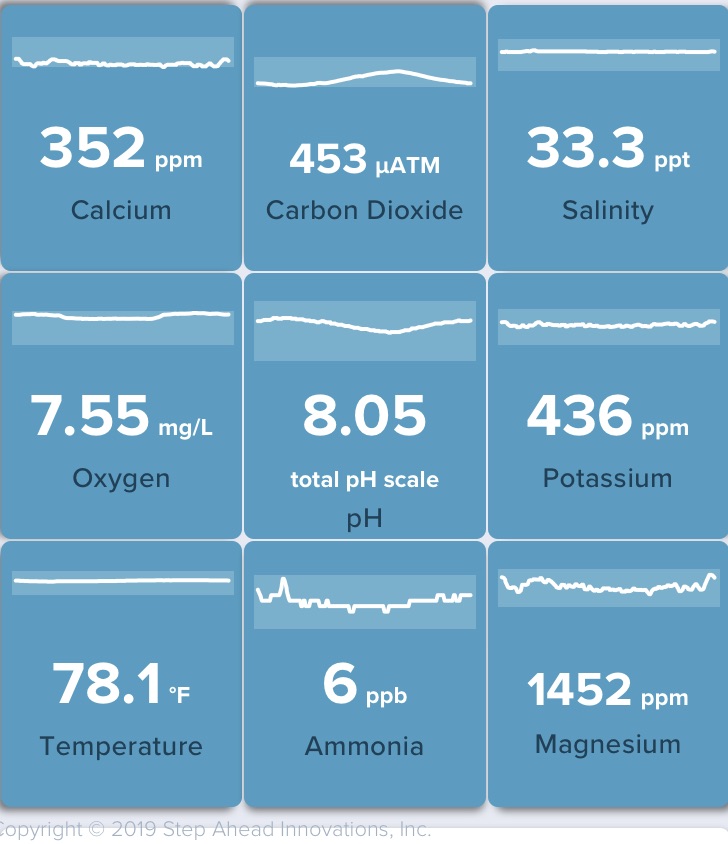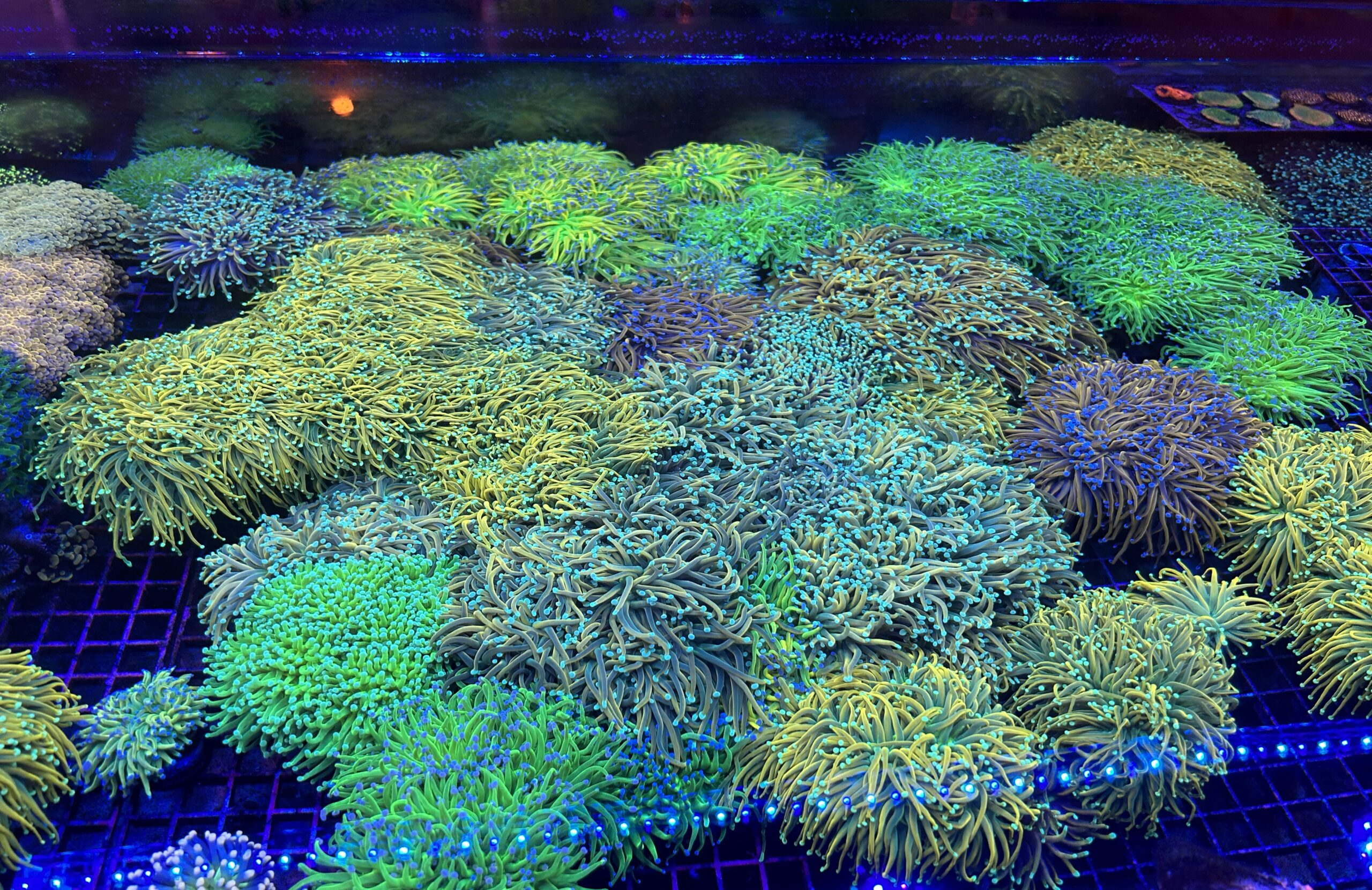Like equipment maintenance, water changes, quarantining animals, and cleaning the glass, water testing is an unglamorous task that nonetheless is one of the most crucial aspects for having long-term success in the hobby.
I don’t care how good your lights are, or how efficient your skimmer is, or what the flow rate is, none of these matter if you don’t have good consistent water quality at the proper levels and you can’t tell just by looking at the tank how good your water quality is. When changes occur suddenly you know it as your dead corals tell you quickly. But when the parameters degrade gradually over time the corals either acclimate to these changes or they gradually fail too.

Testing the levels of all of the important parameters is not a fun aspect of keeping a tank and does require some time to do it right. And to be honest most test kits only really give you a ballpark value for what your tank’s parameters are. It has been documented that there is variability in the measurements between test kits from different companies, and even between kits from the same company as well as variability caused by user error. There can also be variability from when a kit is new to when it gets old, that is why the better kits now have an expiration date on them, as it is recognized that reagents, especially liquid ones, can deteriorate over time and thus give inaccurate readings.

Salinity first
Of all of the parameters that we test for, salinity is the most important and it is the one often least tested for and taken for granted. I consider this the most important parameter in keeping a saltwater tank, as it is a measurement total for all the dissolved solids in a marine aquarium and all other parameters are dependent on it being at the proper level. It should remain stable as measured as a salinity at 1.0264 (35ppt), which is that of normal seawater.
There has been some conjecture that running it at higher or lower levels may have some benefit, but I have not seen this in experiments I have run. And as mentioned when the level varies from this the concentrations of alkalinity, calcium, magnesium, etc., will also fluctuate as a result. So, it is best to keep a tank consistently at this level. It should be noted that the smaller the tank volume, the more easily it can fluctuate so the more often it should be tested for in a smaller tank.
In previous articles, the desired numbers for each parameter have been noted. I currently test for salinity, alkalinity, calcium, magnesium, potassium, pH, nitrate, and phosphate once a week, every Saturday morning. I also currently run an Alkatronic alkalinity monitor and it measures the alkalinity six times per day. Even so, alkalinity is still tested for so that a comparison with the measure and an assessment of its accuracy can be made.

Once measured, all of the values for the parameters obtained are kept in a log either which can be paper or an Excel spreadsheet. Keeping the values in a log allows for trends to be readily seen and adjustments made accordingly. When testing it is important to use test kits that provide clear color changes when the endpoint is reached.
Despite how little I like to do testing I have found several things make it easier and the results more reliable. First, the more often I do a test, the quicker I can do it. For the tests I only do less frequently like strontium and ammonia, I still read the testing directions every time and this often doubles the time it takes to do the test. For the tests I do often, I can do them without reading the directions as I know them by heart, so obviously they get done faster. I also do the tests at the same time every time I do them, in terms of precisely measuring the tank water, tilting the dropper bottles, and the time of day when I do the tests. All of these variables can significantly change the test results.
My testing is done every Saturday at the same time and the tests are even done in the same order. By testing this way the conditions in the tank are approximately the same, so if something is out of whack it is more likely to be detected since the tests are done consistently at the same time. I also do each of the tests twice. I know most of us only do a second test when the readings are off from what we expect, and sometimes we even do them until we get the reading we want.
But due to user error, the tests are just as likely to be off and look correct as accurate and be incorrect. Doing each test twice increases the likelihood of accuracy and allows for comparisons. But if there is a significant difference in the values then a third and possibly a different test is used to determine accuracy.

Test your RO/DI water
In addition to doing this testing the mains and RO/DI water should also be regularly tested to make sure that nothing undesirable is being introduced into the tank. I also suggest that the water be tested by any vendor from whom corals are obtained before they are introduced into a tank or quarantine. Not all parameters but at least salinity, alkalinity and calcium.
I have found this beneficial in that if the alkalinity difference is greater than 1-1.5 there is a higher likelihood of increased mortality for these corals in the days after they are introduced. When these differences are present, these corals are acclimated over a couple of days to the tank’s conditions. This has significantly reduced the mortality of newly obtained corals.
Lastly, make-up water should be tested to make sure it is consistent from batch to batch and is close to the tank’s water in terms of its chemistry. At times in the past, I have seen my tank look worse after a water change, when it should look the same or better. When that happened I needed to figure out why. For the most part most freshly made synthetic saltwater is consistent from batch to batch. The water I use for a water change is made a week in advance so that it is not as caustic and gives everything time to come into equilibrium.
I use the same salt I have for 40 years, and for the most part it has been consistent over this entire time period. However, my tapwater has varied, as I have lived in different locations and at different times of the year the chemicals used on the water have varied. So for these reasons, each batch of make-up water is tested.
Water testing is not rocket science, nor require a degree in chemistry so it should not scare anyone from doing it. Performing regular testing and keeping a log of the results will go a long way in helping produce long-term success in the hobby. As I learned in my own tanks the hard way, you can’t tell what’s in the water without testing it. And while it will probably never be fun, it does provide a sense of pride when your tests match up and give you something to work with to keep your tank at its most beautiful.




